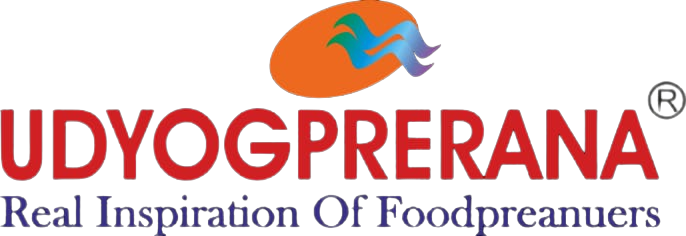The use of bioactive compounds in different commercial sectors such as pharmaceutical, food and chemical industries signifies the need of the most appropriate and standard method to extract these active components from plant materials.
There are 3 methods of Extraction majorly used commercially:
- Steam Distillation
- Solvent Extraction
- Supercritical Fluid Extraction (SFE)
ExtrakttoTM offered by Udyogprerana is an extraction plant with the newest technology named Supercritical Fluid Extraction.
The qualitative and quantitative studies of bioactive compounds from plant materials mostly rely on the selection of proper extraction method (Smith, 2003, Sasidharan et al., 2011). Extraction is the first step of any medicinal plant study, plays a significant and crucial role on the final result and outcome.
PROCESS FLOW SHEET
Supercritical fluid extraction (SFE) is the process of separating one component (the extractant) from another (the matrix) using supercritical fluids as the extracting solvent.
ExtrakttoTM uses Carbon dioxide (CO2) as a Supercritical Fluid. CO2 is the most efficient supercritical fluid with contented handling practices in cheaper prices which surges overall plant’s efficacy and performance with nominal perils and manpower supplies due to low critical temperature and pressure. Extraction conditions for supercritical carbon dioxide are above the critical temperature of 31 °C and critical pressure of 74 bar. Addition of modifiers may slightly alter this.
WHY SCF EXTRACTION TECHNOLOGY?
- High Purity of Finished Products
- Residue-free, dry products, concentrates and substances
- Mild treatment of temperature-sensitive samples
- Selective separation of substances by variation of temperature and pressure
- Simple recovery of the extraction medium
- Can be applied on vivid products
- Easy separation of active ingredient or bio active ingredient
One can find supercritical fluids being used in a number of applications, like:
- Extraction of natural products and aromas. Extraction from food, fats and polymers
- Treatment of biopolymers
- Sample preparation, f.i. for GC/MS analytics
- Cleaning of electronic components, molded metal parts (MIM) and medical implants
- Drying of aerogels and archaeological artifacts
- Dying and impregnation
- Coatings
- Production of nanoparticles
INDUSTRIES THAT CAN APPLY ExtrakttoTM
- R&D centers
- Spices Processing plants
- Natural Flavours, Fragrance and perfumes manufacturers
- Cosmetic manufacturers
- Functional food and Nutraceutical industries
- Pharmaceutical companies
- Natural colours manufacturers
PROCESS FLOW SHEET
Phase 1: Bin Drying
Raw Material (Vegetables, Fruits, Herbs & Spices) Inward
Weighing and Inspection
Grading
Washing
Peeling/Cutting/Dicing
Surface Water Removal
Dehydration
Phase 2 : Low Temperature Drying
Inspection
Size Reduction to 0.5 mm-2 mm
CO2 cylinder filling (In Gaseous form)
Set accurate temperature and pressure
Control panel settings
Temperature
Temperature applied on the CO2 and then the CO2 which is in gaseous form comes to its supercritical fluid stage Heater Temperature- 420C to 540C For quality extract
Pressure
High pressure applied on the CO2 and then the CO2 which is in gaseous form comes to its supercritical fluid stage Pressure -180 bar to 350 bar For safety & Quality
Supercritical fluid stage
Fluid in the Cylinder (Where the RM stored) - slowly the stage will come to an end & SCF- CO2 comes to gaseous stage Temperature- 420c to 500c
The super Critical Stage Reached
(Check Pressure and Temp)
Super Critical Fluid to be inserted in the Cylinder
Retention Time
(Close Loop)
Extract Ready & CO2 SCF stage will be over
Pressure to be released
Pressure Valve & CO2
To be release in the open air Pressure releases from the valves, gaseous CO2 goes to chiller. Pressure valves should check thoroughly, Ventilation should be checked
Chiller Temperature
Temperature - (-20c) CO2 in gas goes to the chiller- Better quality
Repeat the cycle
Bring the system to the normal (After3 cycles)
Set accurate temperature and pressure
